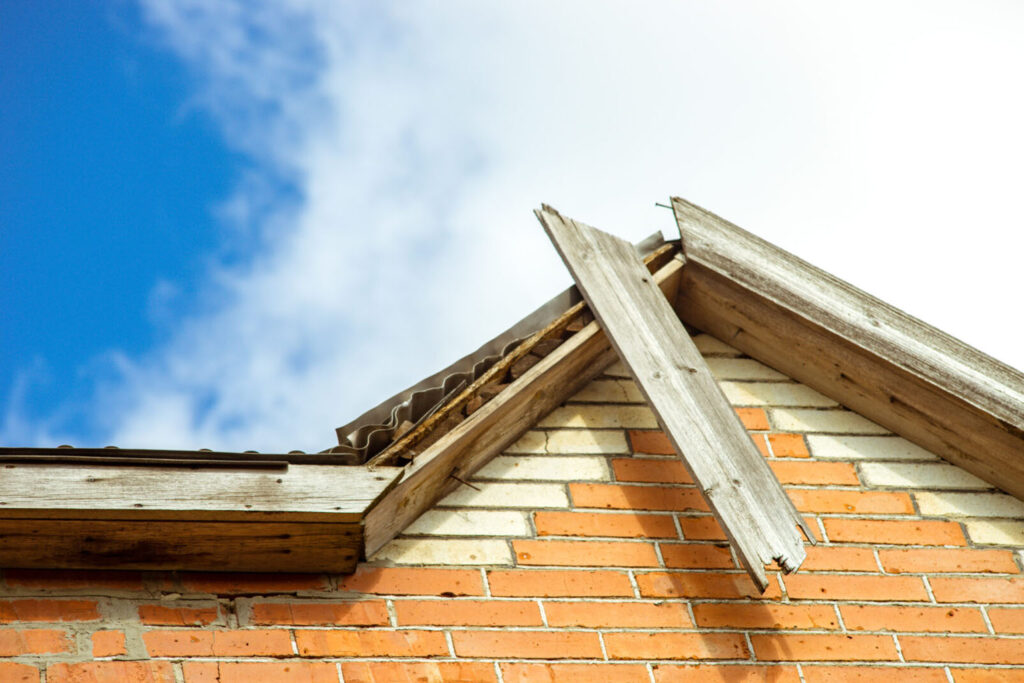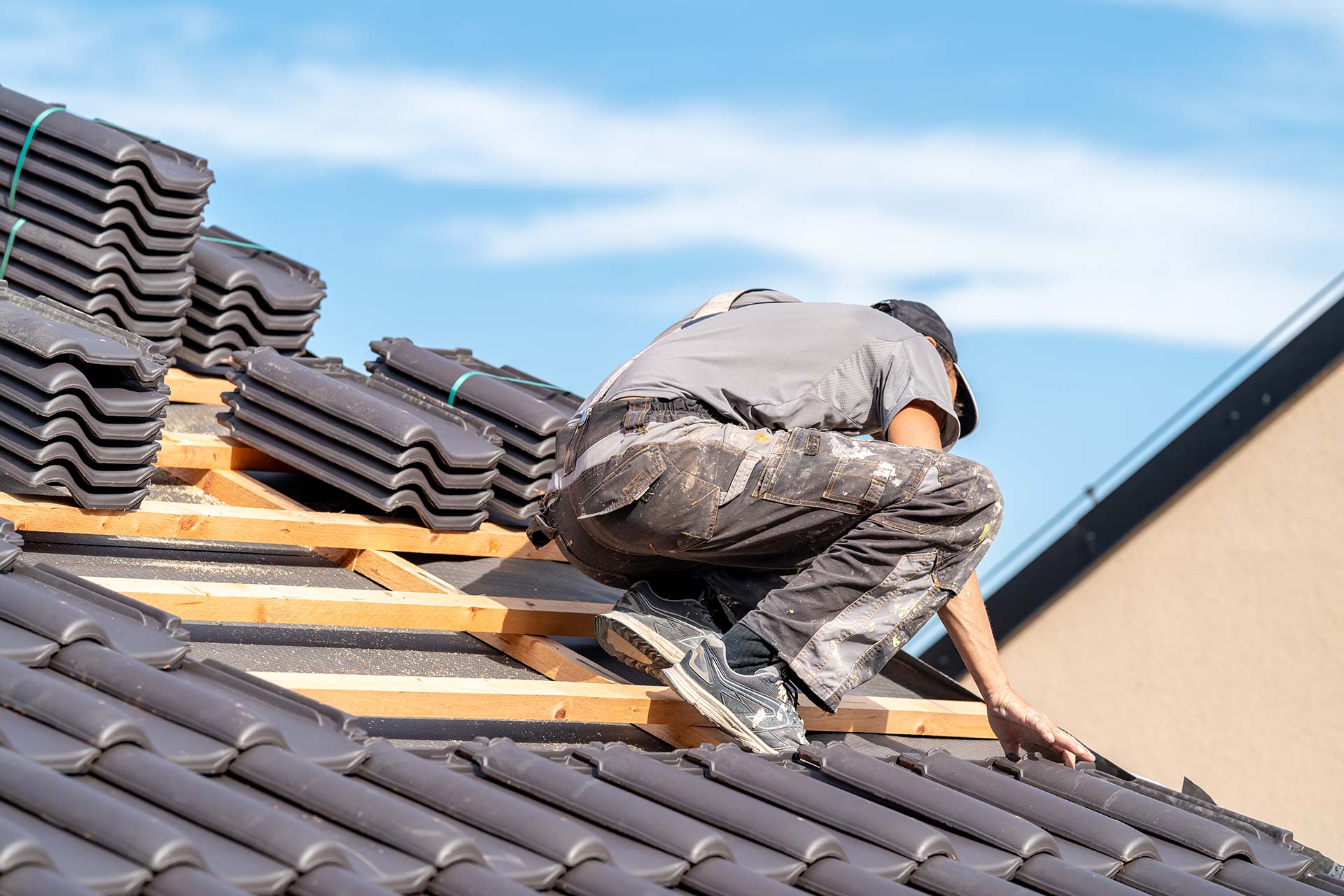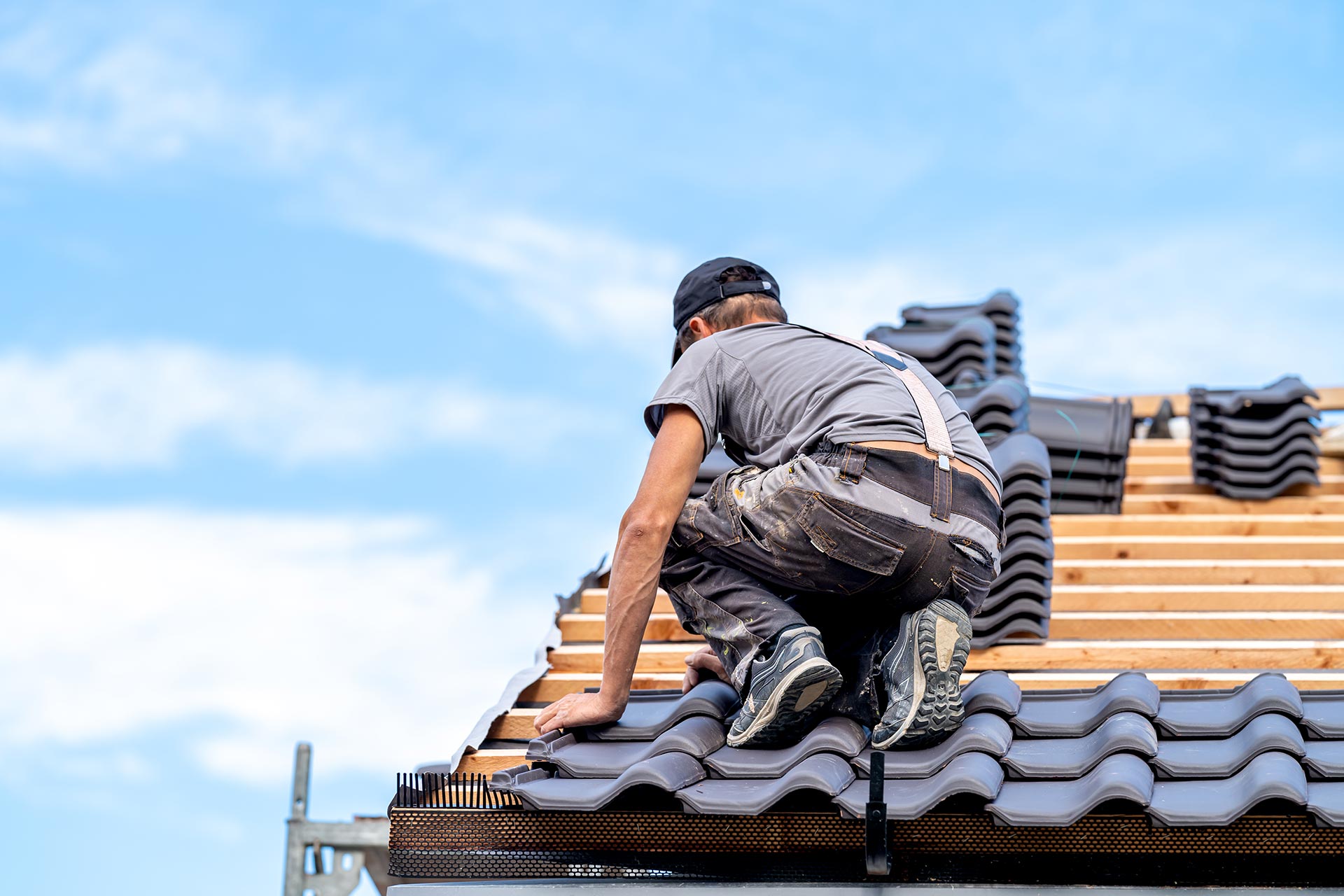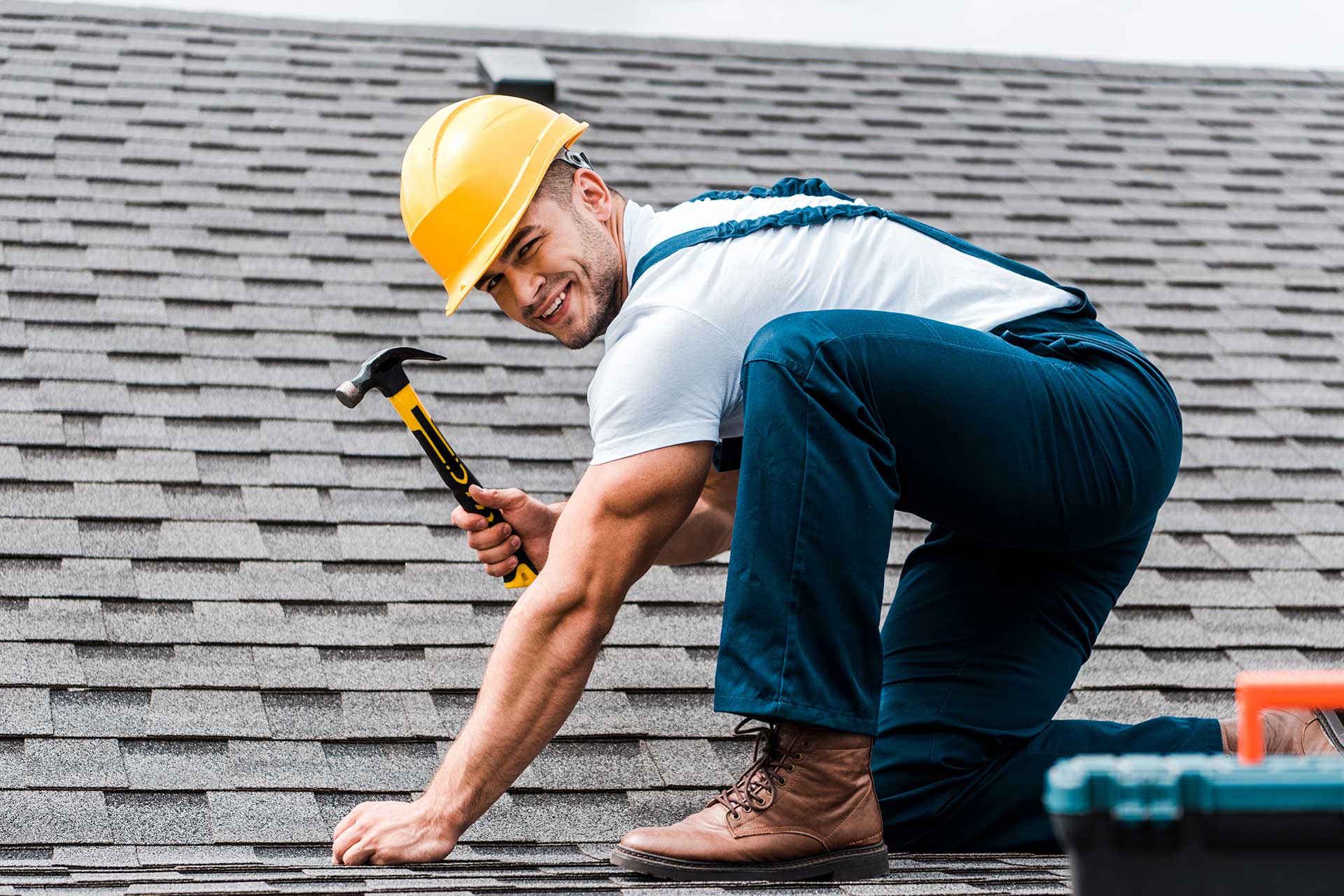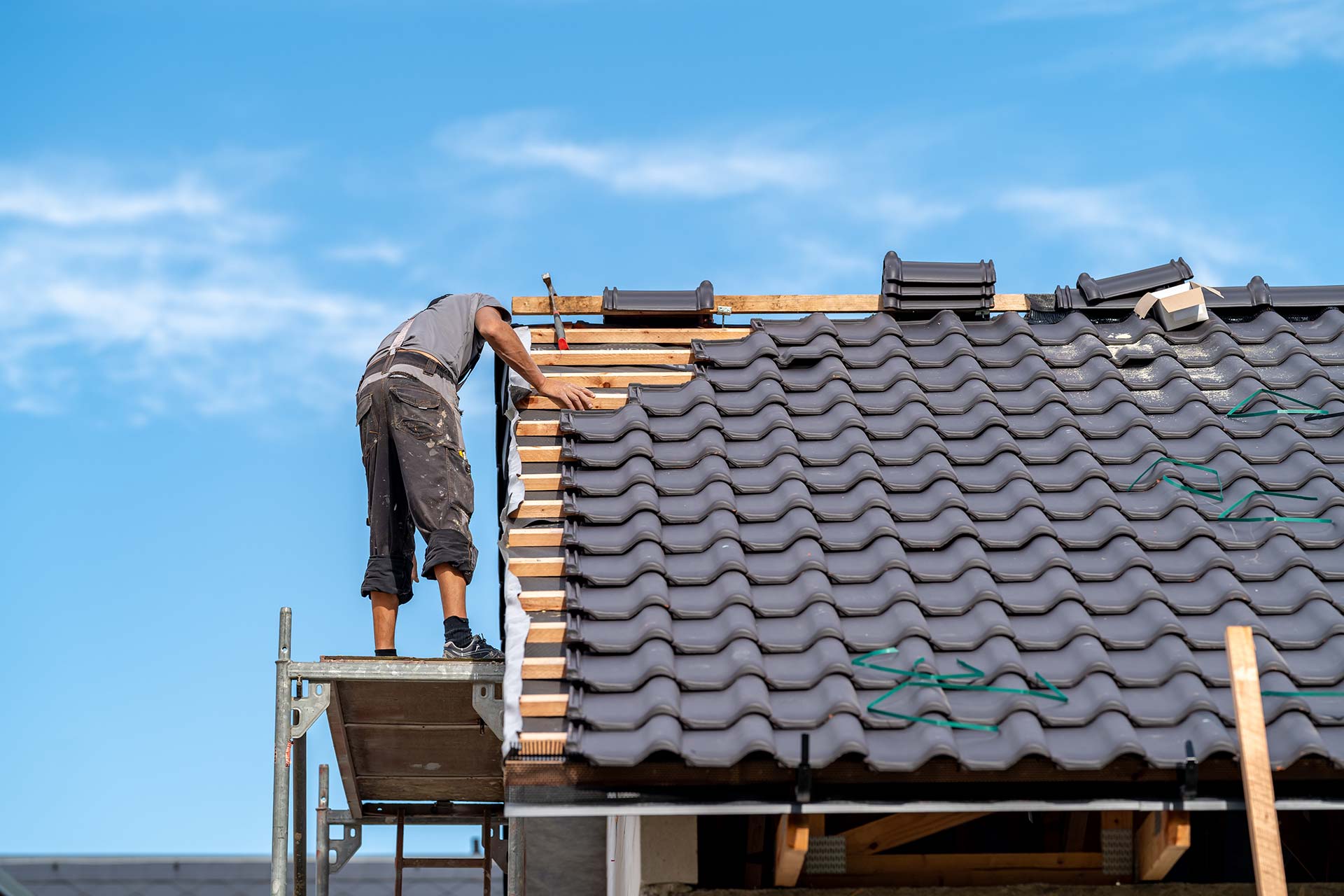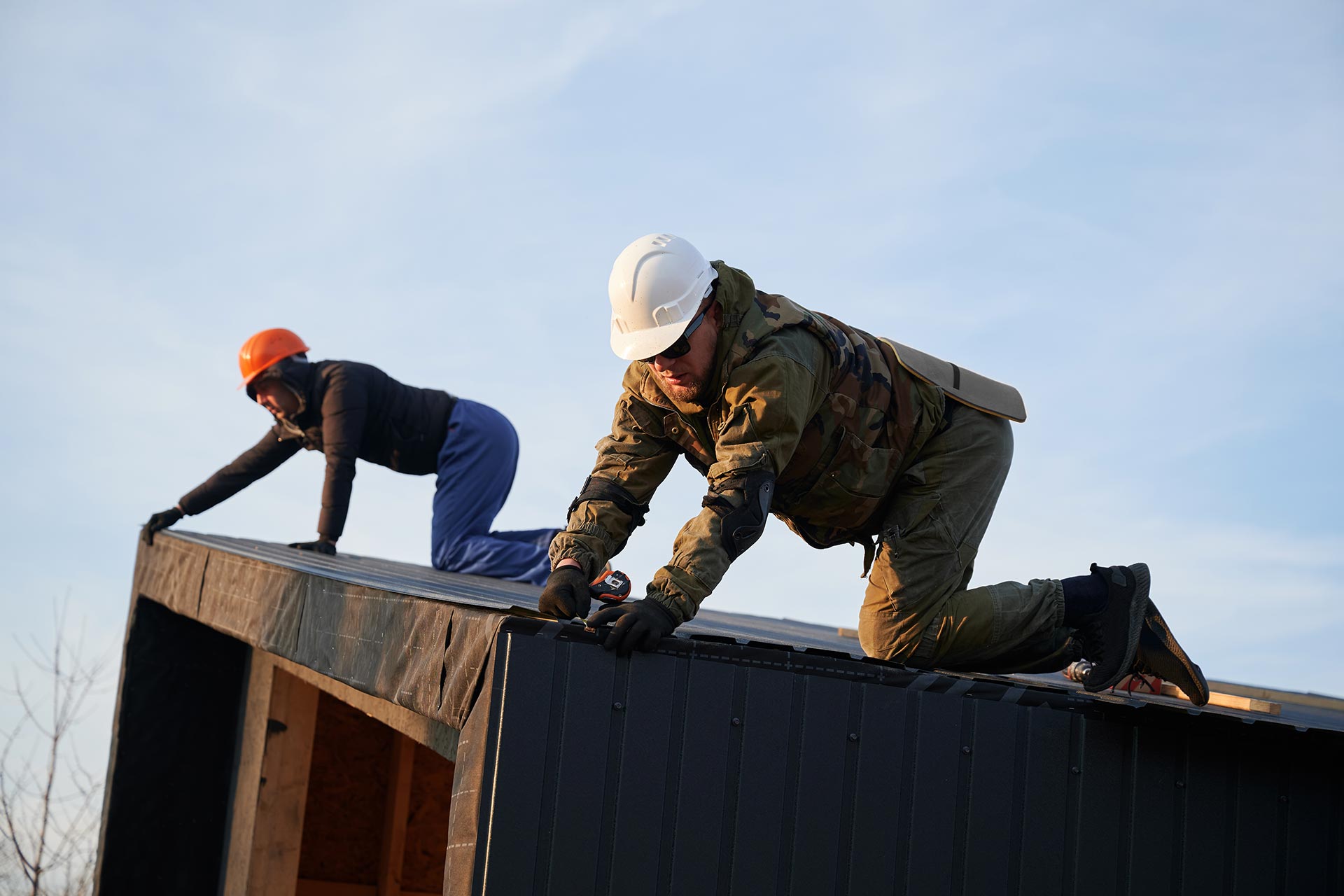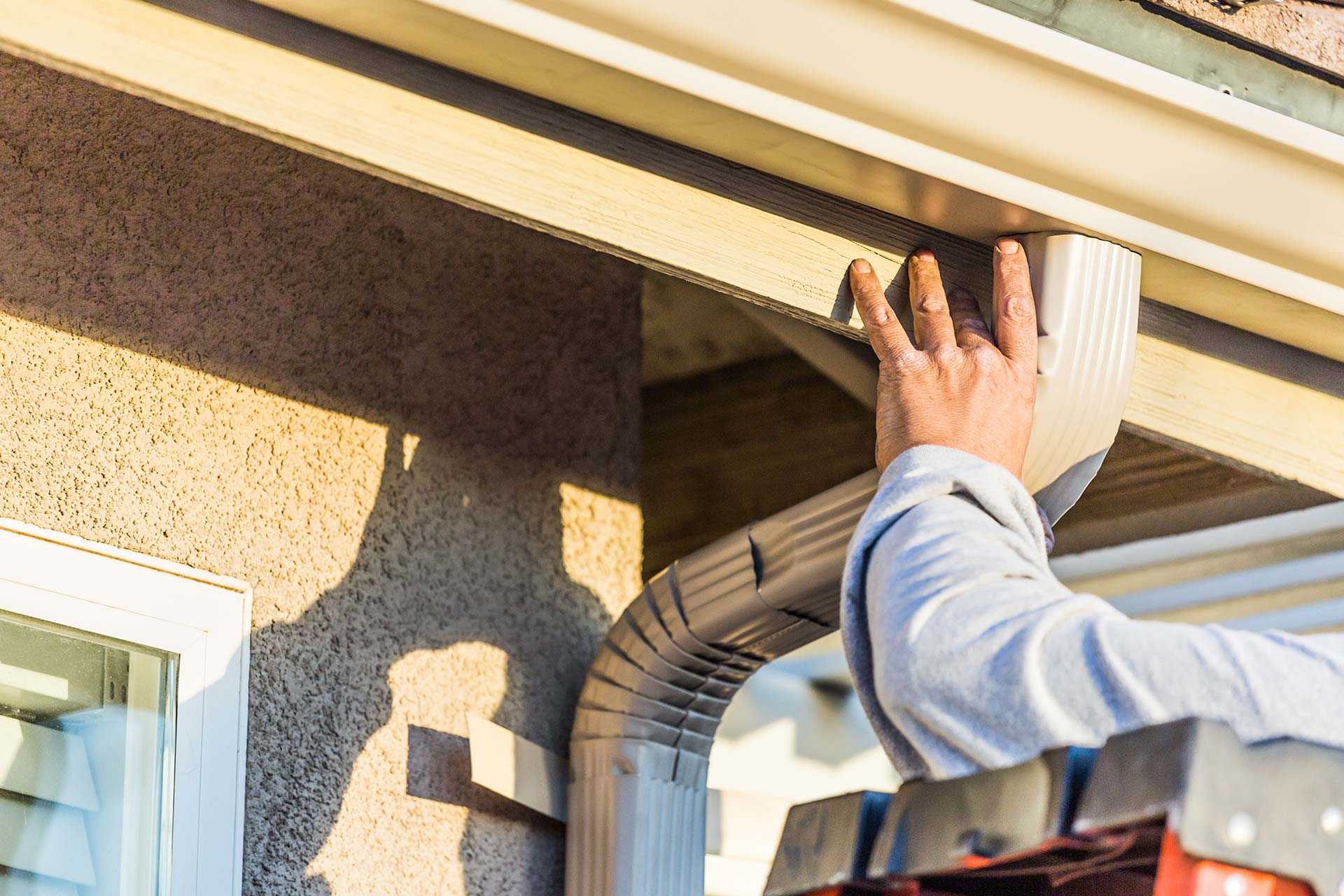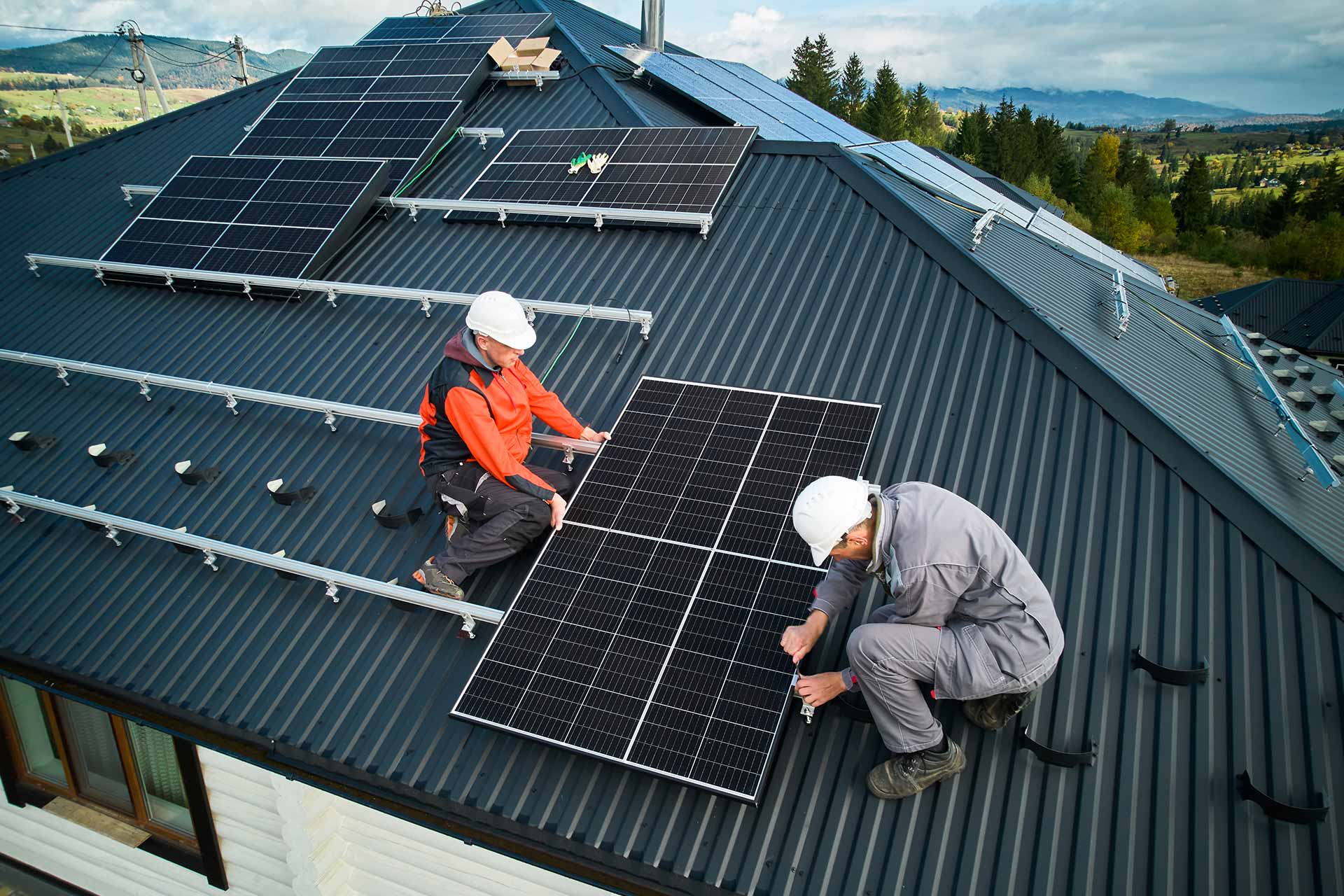When the forecast calls for strong winds or a severe storm, most homeowners have the same concern:
“Can my roof handle it?”
The truth is, most roofs are designed to handle high wind speeds, but just how much they can take depends on the roofing material, installation quality, and the condition of the roofing system itself. Let’s break it down so you know what to expect—especially your roof.
Understanding Wind Pressure on Your Roof
During any storm, air pressure builds up around and under the roof surface, creating something called uplift forces. These forces can cause the roof deck to separate, peeling shingles, or even lift an entire section of roof off if conditions are severe enough.
It’s not just hurricanes that cause roof wind damage. Even non severe winds can lead to loose or missing shingles, damaged soffits, and peeling paint, especially on older roofs or ones with past wear and tear.
How Much Wind Can a Roof Withstand?
Let’s talk numbers. Here’s how typical roofing materials stack up:
- Asphalt shingles: Usually withstand 60–110 mph. 3-tab shingles tend to perform worse than architectural ones.
- Clay tiles: Around 100–125 mph, but only when installed correctly.
- Metal roofing systems: Offer superior wind resistance, with some designs tested to withstand 140–160+ mph.
- Metal roof installation matters a lot. A poorly installed metal roof won’t offer the wind resistance it promises. But when done right, it can resist wind and withstand high winds that might tear up other types of roofs.
If you’re in a hurricane-prone area, your local building codes may require even stronger materials and the use of hurricane straps to anchor the roofing structure.
Warning Signs of Wind Damage
After a wind storm or severe thunderstorm, inspect your roof carefully (or better yet, have a professional roofing contractor do it). Watch for:
- Curling shingles or missing shingles
- Tree branches on the roof or in your yard
- Fallen branches or nearby power lines
- Indoor leaks or water spots on the ceiling
- Cracks or gaps in the roof surface
- Displaced flashing or visible gaps along edges
If you notice damage, especially peeling shingles or pieces of debris lodged on your roof, it could be the start of more serious structural damage beneath the surface.
Why Installation Quality Makes All the Difference
Even the best roofing material won’t perform well under uplift pressure or wind uplift if it wasn’t installed correctly. That’s why you need a licensed, experienced roofer for your new roof or major roof repairs.
An improperly secured shingle roof or misaligned metal panels can fail under higher wind speeds, leaving your home exposed to significant damage. The edge zones of your roof—where the wind pressure is highest—are especially vulnerable.
Commercial Buildings and Garage Doors Aren’t Exempt
If you own commercial buildings, the same rules apply—sometimes with even more at stake. Garage doors and side panels are also weak points during a storm, where wind can enter and increase internal pressure, pushing up against the entire roof.
Roof Inspections and Insurance Tips
If you’ve recently experienced severe winds, it’s wise to get your roof inspected, even if you don’t immediately notice damage. Catching issues early can prevent widespread damage and save you from filing a major insurance claim.
And speaking of claims—be sure to review your insurance policy. Most cover wind damage, but insurers will want proof that you’ve maintained your roof and made necessary repairs after previous storms.
If you do file a claim, document everything—photos, contractor estimates, and weather data can help your insurance company validate your case faster.
How to Prevent Wind Damage Before It Starts
You can’t control the wind, but you can prepare for it:
- Schedule annual inspections
- Trim overhanging tree limbs that may uproot during storms
- Repair damaged soffits, fascia, or flashing promptly
- Keep your gutters clear for proper water runoff
- Reinforce your attic and roof deck if advised by your contractor
- Upgrade to roofing systems designed to withstand winds in your region
Final Thoughts: Don’t Wait for Wind to Tell You Your Roof’s Weakness
Knowing how much wind your roof can withstand gives you an advantage before the next severe winds roll in. Whether you have asphalt shingles, clay tiles, or a metal roof, your best defense is proper installation, regular maintenance, and early action.
Your roof shields your home from the harshest elements. When storms come, you want to be confident it’ll hold. And if you’re unsure, don’t wait—get it checked.
Worried about wind damage? We’ve got you covered.
At Life Time Warranty Roofs, we help homeowners strengthen their roofs, prevent wind damage, and navigate the insurance claim process if needed. From shingle roofs to metal roofing, we offer solutions built to withstand high winds and keep your home safe year-round.
Contact us today for a wind-readiness inspection and protect what matters most—your home.

